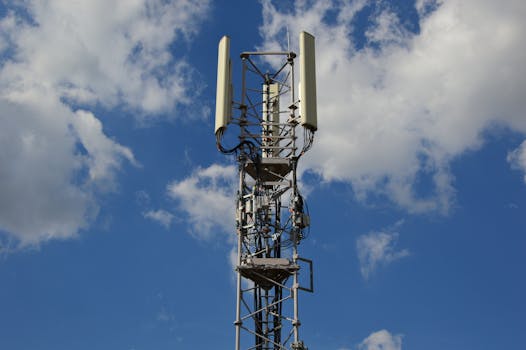
GEO Satellites: Understanding the Technology and Its Applications
GEO satellites, or Geostationary Earth Orbit satellites, are a type of satellite that orbits the Earth at an altitude of approximately 36,000 kilometers, remaining stationary relative to a fixed point on the equator. This unique characteristic allows GEO satellites to provide continuous coverage of a specific region, making them ideal for a variety of applications, including telecommunications, weather forecasting, and navigation.
GEO satellites have been in use for several decades, with the first GEO satellite, Syncom 2, launched in 1963. Since then, the technology has evolved significantly, with modern GEO satellites offering a wide range of services, including television broadcasting, internet connectivity, and mobile communications. The use of GEO satellites has become increasingly important in modern telecommunications, providing a means of transmitting data, voice, and video signals over long distances.
How GEO Satellites Work
GEO satellites work by transmitting and receiving signals to and from Earth stations, which are located on the ground. The signals are transmitted to the satellite through a large antenna, and then re-transmitted back to Earth, where they are received by another antenna. The satellite acts as a repeater, amplifying the signal and re-transmitting it to its destination. This process allows for the transmission of data, voice, and video signals over long distances, making it possible to communicate with people and devices in remote or hard-to-reach areas.
The orbit of a GEO satellite is synchronized with the rotation of the Earth, which means that it remains stationary relative to a fixed point on the equator. This allows the satellite to provide continuous coverage of a specific region, making it ideal for applications such as television broadcasting and mobile communications. The satellite’s altitude and orbit also allow it to transmit signals to a wide area, making it possible to cover large regions with a single satellite.
Applications of GEO Satellites
GEO satellites have a wide range of applications, including telecommunications, weather forecasting, and navigation. In the field of telecommunications, GEO satellites are used to provide television broadcasting, internet connectivity, and mobile communications. They are also used to transmit data and voice signals for businesses and governments, providing a means of communication for people and devices in remote or hard-to-reach areas.
In addition to telecommunications, GEO satellites are also used for weather forecasting and navigation. They are equipped with specialized instruments that allow them to collect data on weather patterns, ocean currents, and other environmental factors. This data is then used to predict weather patterns, track storms, and monitor climate change. GEO satellites are also used for navigation, providing location information and timing signals for GPS and other navigation systems.
Benefits and Challenges of GEO Satellites
The use of GEO satellites offers several benefits, including the ability to provide continuous coverage of a specific region, transmit signals over long distances, and offer a wide range of services. They are also relatively low-cost compared to other types of satellites, making them a popular choice for many applications. However, the use of GEO satellites also presents several challenges, including the risk of signal interference, the need for frequent maintenance, and the potential for satellite failure.
Despite these challenges, GEO satellites remain an important part of modern telecommunications, providing a means of transmitting data, voice, and video signals over long distances. As the demand for telecommunications services continues to grow, the use of GEO satellites is likely to increase, with new technologies and innovations emerging to address the challenges associated with their use.


